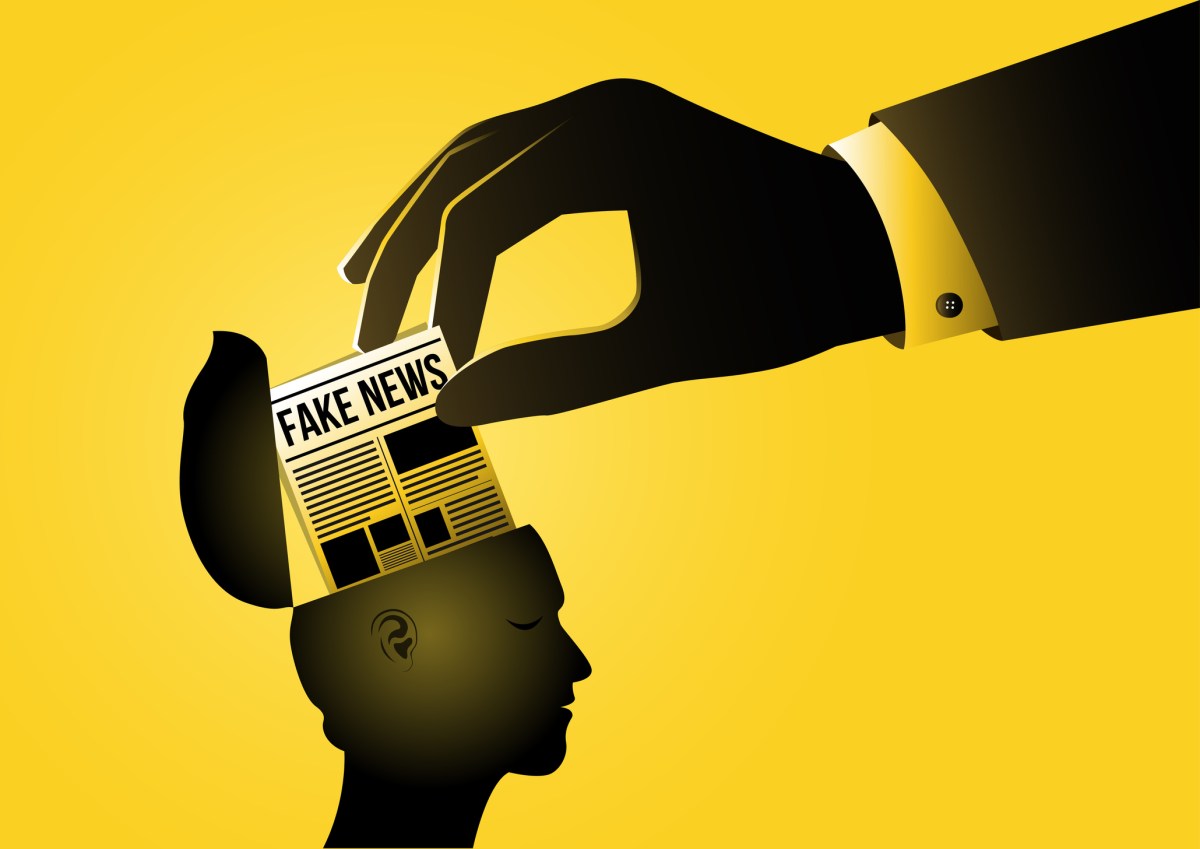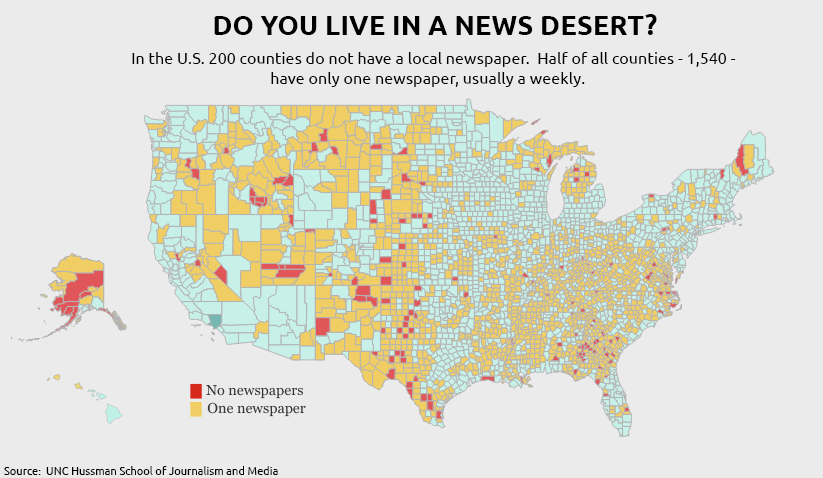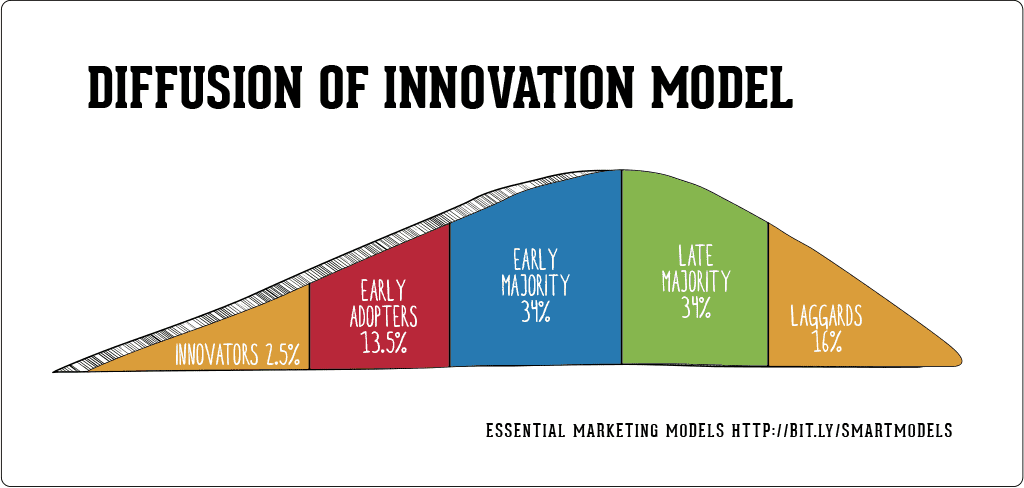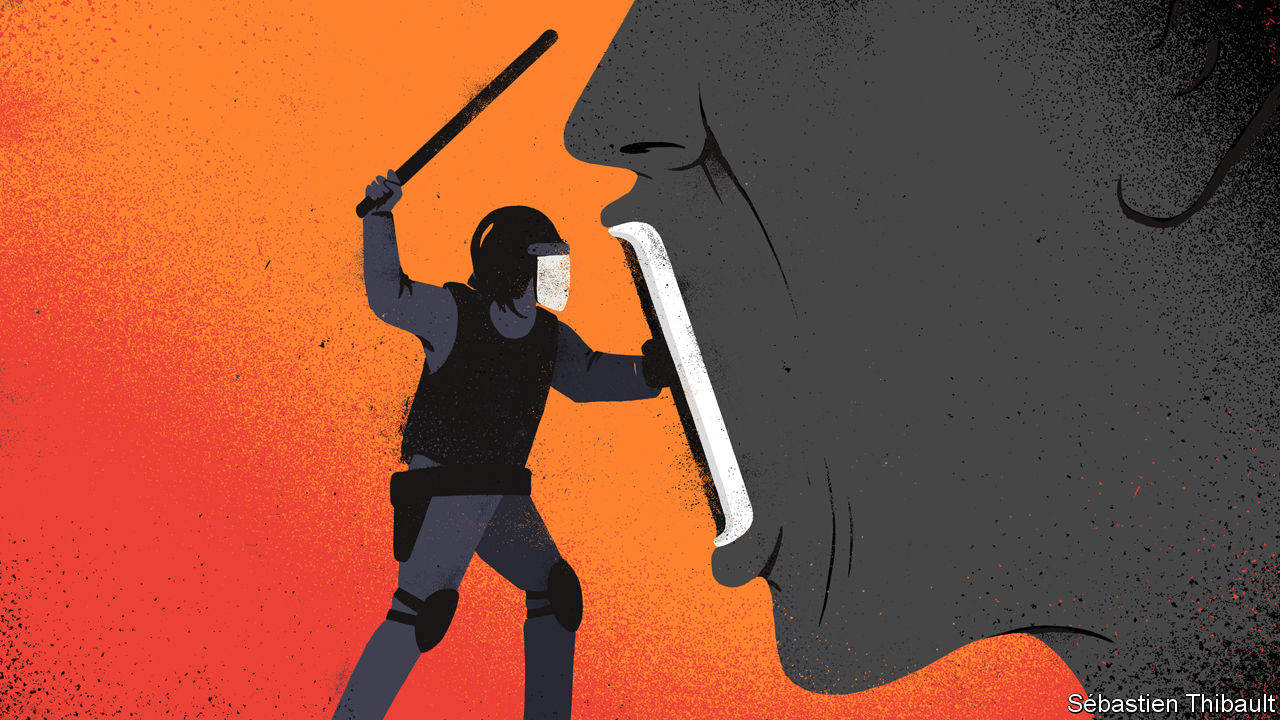I guess I could say I’ve never really pondered my relationship with technology before taking this class. I’ve always thought about it on a surface level and understood there were downsides, but I have yet to take into account how the rise of social media and technology has affected me on a personal level. I feel that I’ve grown up with the idea that the innovation of technology was amazing and a positive addition to society regarding the efficient ways in which we can communicate and receive vast amounts of information. I also feel that growing up with this type of technology has made me believe it is more of a necessity than something I could simply use as a tool. I remember downloading Instagram and Snapchat onto my mom’s iPhone 4 because every kid in school was using it and I just had to be using it too. I now wish I listened to my parents and not jump on the wave of social media so quickly at such an early age.
While technology has made many positive impacts on my life, it has also had its share of negative effects. This summer, I was scrolling through my Instagram feed, and something occurred to me. With each scroll, there was a picture of some type of unrealistically gorgeous supermodel. I quickly realized, after going through my follower list, that I only followed girls that I wished I either looked like or lived their life. This scared me. Without even doing it purposefully, I was fully exposing myself to unrealistic beauty standards that I would constantly compare myself to every single day. With the rise of social media platforms, young boys and girls are being exposed to images of “perfect” bodies, faces, and lifestyles which leads to a negative self-reflection and feelings of inadequacy or low-self esteem. Half of the pictures that people post today are completely done up with apps like Facetune or FaceApp that completely alter what their natural appearance looks like. These apps are inundated with images of flawless models and celebrities who have been edited, airbrushed, and filtered to look their best for their followers. However, what they don’t realize is that they are showcasing an unrealistic view of life by only posting the best parts of their lives and presenting a distorted view of reality. Even today I constantly feel the pressure to post the best pictures of myself where it looks like I am just totally living the best life ever. In reality, the pictures that I am probably posting were taken months ago, and I am uploading them while lying in bed. I will take hours putting together the “perfect” Instagram post just for people to look at it for half a second and continue to scroll and glance at what the next person is doing.
The first step to understanding my addiction to social media was just going to my settings and seeing how much time I spent on my phone and individual apps. It absolutely shocked me. I was spending almost 7-8 hours on my phone every single day and an alarming amount of time on my favorite social media apps such as TikTok, Instagram, and Snapchat. I would spend multiple hours scrolling aimlessly on these and I just began to think about all the wasted time doing literally nothing except harming my own mental health. It was personally concerning to realize how much control these social media apps have over my life.
Recently, in the past couple of weeks, this has been a topic of conversation among my friend group. It happened when we decided to hang out in our dorm room one night just to catch up and talk. As I was scrolling aimlessly through TikTok, I looked up from my phone and glanced around the room and noticed that every single one of us were on our phones, scrolling on some type of social media app. We weren’t even actually hanging out. We were just around each other, completely doing our own things on our phones. Since then, anytime we hang out, if someone is on their phone, we yell, “PHONE DROP”, which means everyone needs to get off their phone and engage in the conversation. Along with this, in my own time, I decided to delete TikTok and Instagram from my phone to see how it affected me, my screen time, and my overall stress levels throughout these last couple weeks of school. I finally checked today, and my screen time has gone down 19% these past two weeks, and the daily average is now 4 hours which I am happily proud of.
One of my friends is badly addicted to her phone. She carries around a personal battery pack for when her phone dies during the day because she uses it that much! Her screen time was over 10+ hours. Instead of deleting her social media apps, my friend had another idea. She decided to download another app that restricts her from accessing TikTok for a few seconds and shows you how many times you’ve tried to enter the app that day, as well as giving you a choice to either proceed to the app or not. This was a better option, personally for her, because she feels that she cannot live without TikTok. Seeing how many times she would try to click and open the app opened her eyes to just how much it controls her life. Her screen time has gone down quite a bit as well.
With modern technology, we are able to search for anything, at any time, and find what we are looking for within a matter of seconds. When on social media apps nowadays, the younger generation uses applications such as TikTok, Instagram, and even Twitter in replace of a search engine. I would have to say I fall victim to this too. Whenever I hear about something that is going on in the news or public, I immediately search on TikTok and find a plethora of videos to click on. However, how are we ever supposed to know if this information is accurate or just misinformation being fed mindlessly into our brains? Although I wouldn’t say that mainstream media news is unbiased or doesn’t produce fake news, I believe it would still be better than consuming information from social media apps. Unlike traditional search engines like Google or Chrome, social media apps are not designed to provide reliable and accurate information as that was never the initial intention in the first place. Another issue is the idealization of well-known influencers. Influencers and other social media users can also contribute to the spread of misinformation by sharing their own opinions and experiences as if they are facts. While personal experiences can be valuable, they probably won’t be representative of the general and broader population or supported by scientific evidence and real facts. Additionally, these influencers and social media users have their own biases or agendas that can greatly influence the information that they share on their public accounts with millions of followers.
Lastly, I believe another contributing factor to misinformation on social media apps are filter bubbles. A “blook” post by David Gurteen describes filter bubbles as “a term used to describe the phenomenon of intellectual isolation that occurs when websites use algorithms to selectively present information to us based on their past behavior, such as their click behavior, browsing history, search history, and location. The algorithm makes assumptions about what information we would be interested in and then presents that information to us accordingly.” Social media algorithms often prioritize content that is more likely to engage users, which can lead to sensationalized and misleading information being promoted over accurate and nuanced reporting. When individuals are only exposed to information that confirms their pre-existing beliefs, they may be more likely to accept and share misinformation without critically evaluating its accuracy. Regarding politics, this is why people end up finding themselves in a far-right or far-left rabbit hole simply based on how long they might watch a video or how many videos they like and react to of the same viewpoints. The algorithm just feeds you what you want to see. For example, I was going through a pretty tough breakup and was on my phone crying and scrolling through TikTok. More and more videos began popping up giving relationship advice or “how to move on after a breakup” type videos. The more I’d react to those videos, the more I’d see them throughout my feed until it became only that.
Modern technology tools and social media have revolutionized the way we communicate, work, and socialize. It has undoubtedly made our lives easier and more convenient in many ways, but it also comes with its fair share of drawbacks. I feel that some of the most concerning of these is the impact that social media apps can have on our mental health and our ability to discern accurate information. Social media apps like Instagram, TikTok, and Twitter have been proven to be highly addictive, drawing us into an endless cycle of scrolling and clicking that can consume hours of our time each day. Constant exposure to these idealized images and lifestyles can greatly and negatively affect younger users who are still developing their sense of self. Moreover, the constant bombardment of social media updates can trigger anxiety and depression, as users feel pressured to constantly compare themselves to others and present a polished, curated version of their own lives. In addition to this, social media apps and users are constantly promoting misinformation and the spread of false information. As I do myself, many people turn to social media apps today as a primary source of news and information, but the algorithms that these platforms use to suggest content can create echo chambers and filter bubbles that reinforce our existing biases and beliefs. This can ultimately lead to a distorted view of the world, where false or misleading information is accepted as fact, and conspiracy theories are treated as legitimate sources of information.
As technology will only continue to grow, I feel that it is important for individuals to take personal responsibility for their own social media use and be mindful of the impact that these platforms can have on their mental health and their understanding of the world. By taking steps to limit their exposure to social media and to seek out accurate and reliable sources of information, individuals can help to combat the negative effects of these technologies and promote a healthier, more informed society.


























